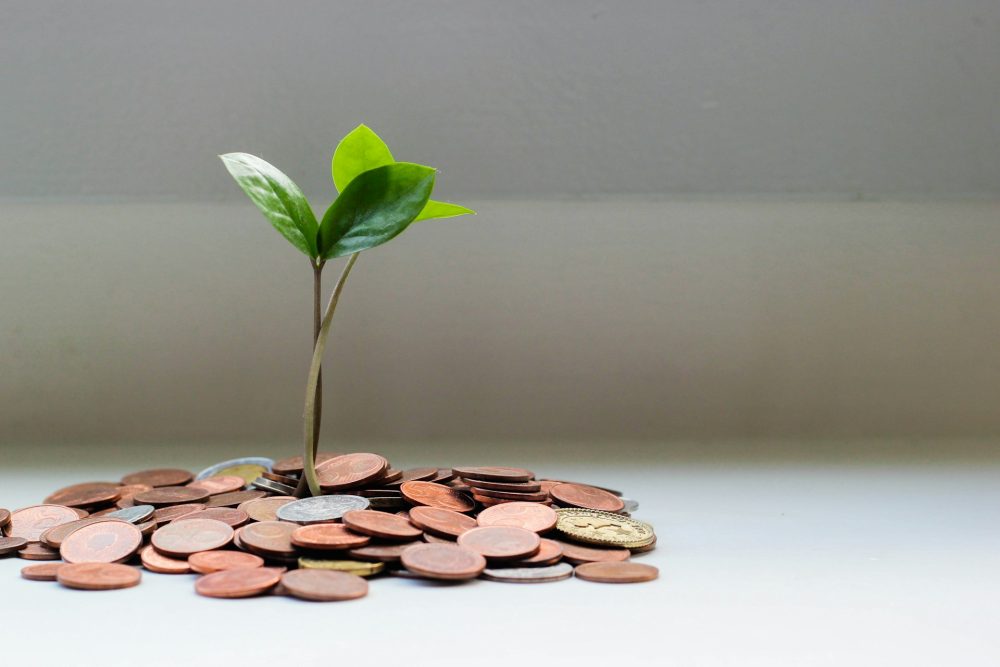Featured
B2B spending with virtual cards expected to skyrocket
The latest research conducted by Juniper, shows that there will be an impressive increase in the use of virtual payment cards. According to the report, the system will be increasingly appreciated also in the B2B area if we consider that, again based on value, B2B transactions will represent 80% of the total. North America remains on the first place, with 60% of the market share.

In the next five years, the value of transactions carried out with the use of virtual payment cards (virtual cards) will reach the figure of $5 trillion, practically tripling in five years, compared to the value of “just” $1.6 trillion planned for 2020. That is the first evidence expressed in the Juniper Research Virtual Cards Consumer & Business Adoption, Competitive Analysis & Market Size 2020-2025 report.
Find out more about the adoption of virtual cards and be the first to read the most important financial headlines with our companion app, Born2Invest.
How do virtual cards function
The mechanism behind the functioning of this exquisitely fintech payment system is well known: instead of always using the same sequence of digits as with traditional credit cards, virtual cards generate random temporary sequences. For this reason they are particularly suitable for online transactions, reducing risks.
For all intents and purposes, it is a digital payment system that works by exploiting tokenization technologies that automatically generate usage credentials and information for integrated financial controls to “finance the card” for single-use or multi-purpose transactions.
With virtual credit cards, also known as online credit cards, customers can make secure payments online, even if they do not have a physical card. Virtual cards only include a card number, an expiration date and a security code. These cards do not have “physical characteristics” such as a magnetic strip or an Emv chip, and therefore cannot be used in most physical stores (unlike prepaid cards).
B2B will represent 80% of the total market
The system, as the report pointed out, will be increasingly appreciated also in the B2B area if we consider that, again based on value, B2B transactions will represent 80% of the total.
As far as geography is concerned, the lion’s share for the next few years will remain North America (over 60% of the total). However, Europe is the second largest market in terms of value, also greater overall than that of all other geographical areas.
The report showed that, only in the lockdown phase, the volume of virtual B2B transactions grew by 11% in 2020. At the same time, it underlines that transactions generated through virtual consumer cards will not exceed one billion dollars between now and 2025.
For 2020, the report predicts a drop in spending levels of around 4%, largely due to a reduction in business travel and online bookings. However, at the same time, the number of transactions is expected to grow by around 11%, related to companies’ need to authorize spending remotely.
Just as the percentage of companies using virtual cards remains low (just 3%) because of the high processing costs, many suppliers still refuse payments on these circuits.
What Accenture predicts
Research author James Moar, lead analyst at Juniper Research, commented: “Virtual cards still require the use of additional software in many cases, and the average user operating on e-commerce platforms does not perceive the benefits. From this point of view, we can no doubt expect fintech technology to mature further, while waiting for it to gain traction across multiple product segments, and also conquer the consumer market.”
In this same area, only a year ago Accenture predicted growth in spending for virtual cards at a compound annual growth rate of 21% over five years, confirming that virtual cards is a sector of absolute interest for fintech companies. As issuers will be able to improve their card issuance solutions and the market will gain more confidence, Accenture anticipates that the development of the sector will be linked primarily to the B2B market.
__
(Featured image by Tumisu via Pixabay)
DISCLAIMER: This article was written by a third party contributor and does not reflect the opinion of Born2Invest, its management, staff or its associates. Please review our disclaimer for more information.
This article may include forward-looking statements. These forward-looking statements generally are identified by the words “believe,” “project,” “estimate,” “become,” “plan,” “will,” and similar expressions. These forward-looking statements involve known and unknown risks as well as uncertainties, including those discussed in the following cautionary statements and elsewhere in this article and on this site. Although the Company may believe that its expectations are based on reasonable assumptions, the actual results that the Company may achieve may differ materially from any forward-looking statements, which reflect the opinions of the management of the Company only as of the date hereof. Additionally, please make sure to read these important disclosures.
First published in inno3, a third-party contributor translated and adapted the article from the original. In case of discrepancy, the original will prevail.
Although we made reasonable efforts to provide accurate translations, some parts may be incorrect. Born2Invest assumes no responsibility for errors, omissions or ambiguities in the translations provided on this website. Any person or entity relying on translated content does so at their own risk. Born2Invest is not responsible for losses caused by such reliance on the accuracy or reliability of translated information. If you wish to report an error or inaccuracy in the translation, we encourage you to contact us.

-

 Impact Investing2 weeks ago
Impact Investing2 weeks agoChristmas Plastic Waste and the Path to Circular, Low-Emission Solutions
-

 Africa6 days ago
Africa6 days agoDamane Cash and FMSCD Partner to Enable Cash Advance in Exchange Offices
-

 Crowdfunding17 hours ago
Crowdfunding17 hours agoGörlitz Christmas Crowdfunding Campaign Exceeds All Goals
-

 Business2 weeks ago
Business2 weeks agoThe TopRanked.io Weekly Digest: What’s Hot in Affiliate Marketing [Super Partners Review]
























